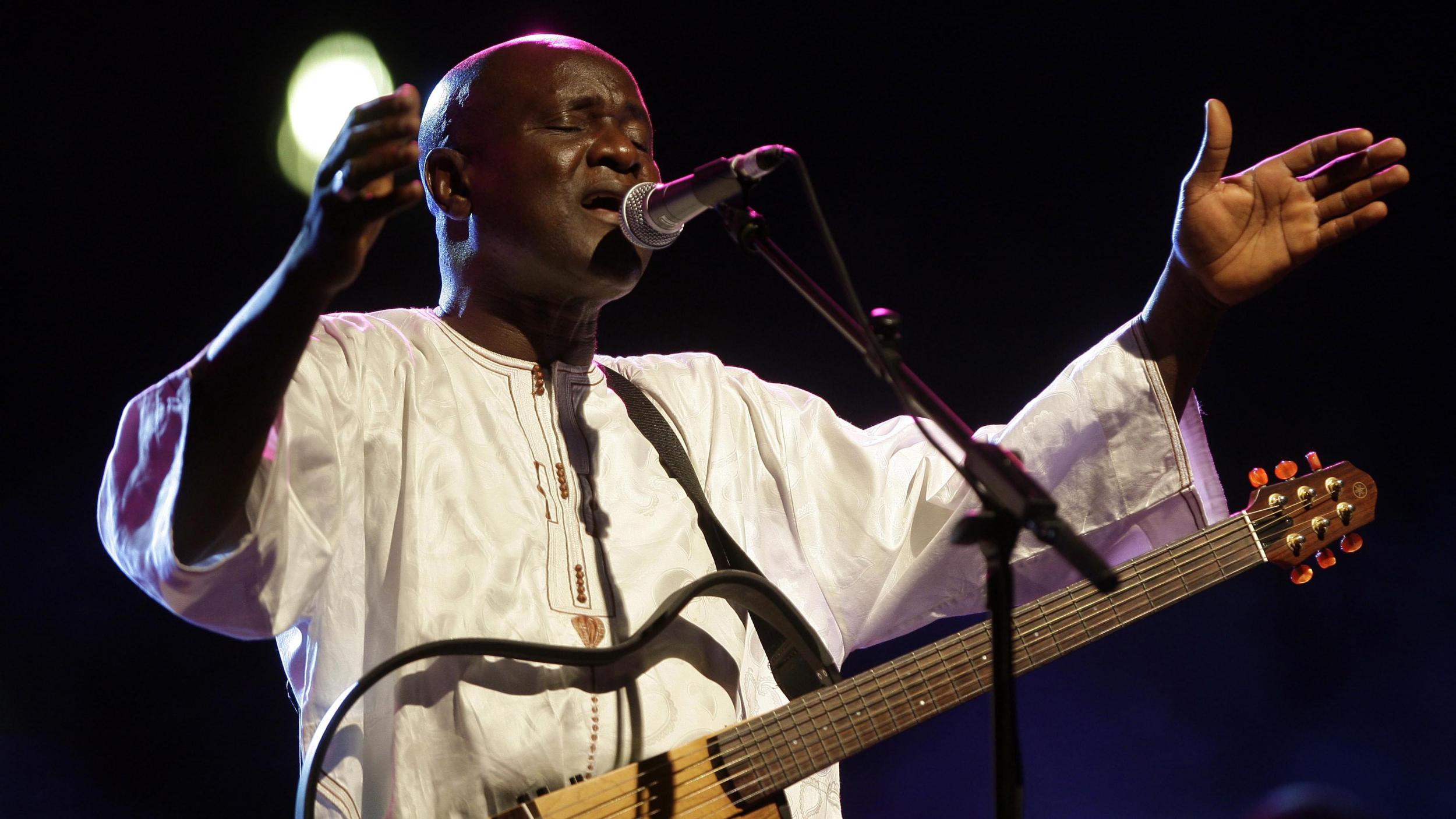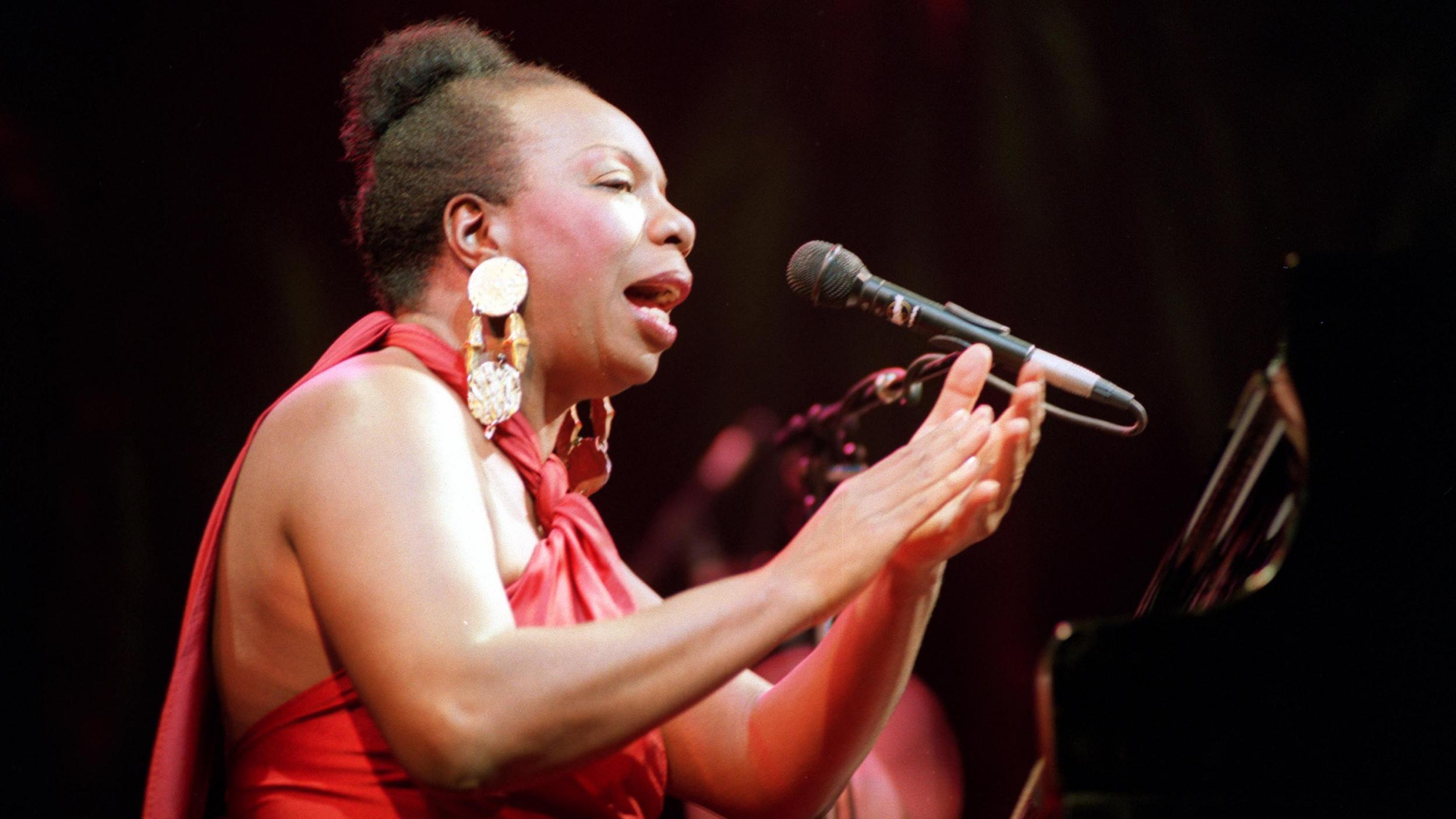A world of difference: Algeria celebrated post-imperialism while men walked the moon
While Neil Armstrong and Buzz Aldrin were toasted by the west for gracing the moon’s surface, Algeria celebrated the post-imperial world, writes David Murphy

Your support helps us to tell the story
From reproductive rights to climate change to Big Tech, The Independent is on the ground when the story is developing. Whether it's investigating the financials of Elon Musk's pro-Trump PAC or producing our latest documentary, 'The A Word', which shines a light on the American women fighting for reproductive rights, we know how important it is to parse out the facts from the messaging.
At such a critical moment in US history, we need reporters on the ground. Your donation allows us to keep sending journalists to speak to both sides of the story.
The Independent is trusted by Americans across the entire political spectrum. And unlike many other quality news outlets, we choose not to lock Americans out of our reporting and analysis with paywalls. We believe quality journalism should be available to everyone, paid for by those who can afford it.
Your support makes all the difference.The first Pan-African Cultural Festival, known as PANAF, formally opened in Algiers on 21 July 1969. This was the day after Neil Armstrong and Buzz Aldrin’s historic moon landing 50 years ago. But most pan-Africanist commentators didn’t see the coincidence as detracting attention from the festival. On the contrary, while the moon landing marked the white, western world seeking out new frontiers in space, the festival denoted something just as significant: the emergence of a post-imperial world in which Algiers was positioned as the “mecca of revolution”.
Mandated by the Organisation of African Unity to organise the festival, the Algerian state sought to involve the entire black and African world. This included representatives from various liberation movements in Africa, as well as the Black Panthers from the US. Even the Palestinian Liberation Organisation was invited, explicitly linking pan-African culture with an ongoing global process of political liberation from western colonial rule.
The festival is held up by many critics and participants as the radical response to an earlier pan-African event held in Dakar, Senegal, in April 1966: the first World Festival of Black Arts. Senegalese President Leopold Sedar Senghor’s vision of pan-African culture in 1966 had been racially defined and delimited, which meant that north African culture and participants were largely omitted.
Senghor also excluded representatives of the liberation movements that were at that time still fighting against racist colonial regimes in the settler colonies of southern Africa, as well as in Lusophone (Portuguese-speaking) Africa. Senghor’s critics perceived this as proof of his desire to keep culture and politics separate and to appease the former European colonial powers. The 1969 event explicitly set out to right these perceived wrongs.
Algeria’s successful struggle against the French in a bloody war of independence (1954-62) had inspired independence movements around the world. During the war, Algerian militants of the National Liberation Front (FLN) had received international support. And the post-imperial FLN regime now wished to return the favour.
The American activist, Elaine Mokhtefi, was one of those drawn to the Algerian cause. She worked at its UN office in New York during the war and settled in the country after independence. In her remarkable memoir, Algiers, Third World Capital (2018), Mokhtefi wrote: “Algeria opted for an open-door policy of aid to the oppressed, an invitation to liberation movements and personalities from around the world.”
As her book also demonstrates, however, Algerian support was generally conditional, uneven and prone to come to a rather abrupt end.
Black Power in Algiers
The festival ran from 21 July to 1 August 1969. It began with a parade by members of the various national delegations through downtown Algiers that was attended by thousands of ordinary Algerians.
A central colloquium accompanied the festival. Through its deliberations it sought to express a shared vision of pan-African culture. Popular music also featured centrally. There were nightly concerts by the likes of Miriam Makeba, Nina Simone and Archie Shepp.
In his celebrated documentary film on the festival, William Klein famously captured Shepp’s impromptu jazz improvisations with Touareg musicians, shouting that “jazz is black power!”. The performance enjoyed great symbolism as an emblematic example of pan-African artistic collaboration.
The organisation of the festival and the regime’s open-doors policy towards anti-colonial liberation movements hinted at a new form of global, black revolutionary citizenship. One representation of this was the presence of the Black Panthers, several dozen of whom had gathered in Algiers by the late 1960s.

Shortly before the festival, the Panthers’ charismatic and volatile information minister Eldridge Cleaver – who had served time in prison for violent sexual crimes – had arrived unannounced into Algerian exile. He became one of the festival’s star attractions.
The FLN welcomed the latest revolutionary arrival to their shores with Mokhtefi serving as the Panthers’ interpreter and general “fixer”. A new, two-storey Afro-American information centre was opened in central Algiers, stocked with Black Panther pamphlets and posters. This was where the Panther delegation, Cleaver in particular, held court with the press as well as local and international visitors.
Algeria opted for an open-door policy of aid to the oppressed, an invitation to liberation movements and personalities from around the world
As the historian Andrew Apter has argued, Cleaver had fled his vulnerable citizenship as an African American and had embraced a new form of “cultural citizenship” in Algeria. There was, however, significant doubt as to how long his political welcome would extend beyond the festival.
The limits of pan-African citizenship
Algeria may have been keen to proclaim itself capital of the third world. But it was also an authoritarian, one-party regime that tolerated little dissent. Cleaver had established a Black Panther embassy in Algiers with FLN support. But he was not invited to engage with Algerian president Houari Boumedienne as an equal partner.
The FLN gradually grew impatient towards its radical guests. It’s not clear whether the Black Panthers were formally expelled, but by the early 1970s all had drifted back to the US or into alternative sites of exile. For his part, Cleaver sought refuge in France in 1973.
The form of pan-African citizenship that the festival appeared to promise proved all too ephemeral. Mokhtefi herself was expelled from Algeria without explanation in 1974.
In 2009, Algeria hosted a major 40th anniversary celebration of PANAF. The festival was, in part, a way of marking the country’s gradual emergence from its “black decade” of murderous civil war between government forces and Islamist rebels in which tens of thousands died.
There are no such plans for a 50th anniversary event this year, as the country goes through its latest period of political unrest after almost 60 years of one-party rule by the FLN. As the major global powers gear up for new missions to the moon, Algerian protesters are also channelling some of the idealism of the late 1960s. They are seeking freedom and equality but without the controlling hand of the all-powerful one-party state.
David Murphy is a professor of French and postcolonial studies at the University of Strathclyde. This article first appeared in The Conversation
Join our commenting forum
Join thought-provoking conversations, follow other Independent readers and see their replies
Comments